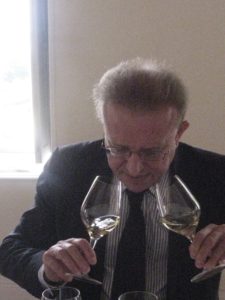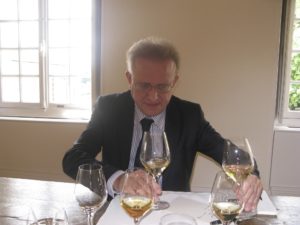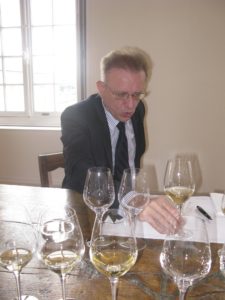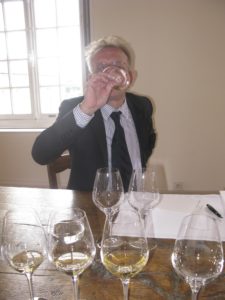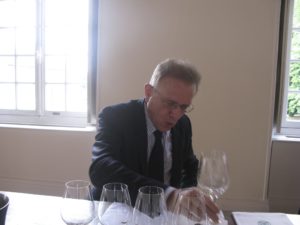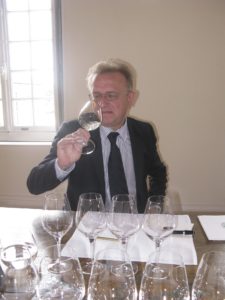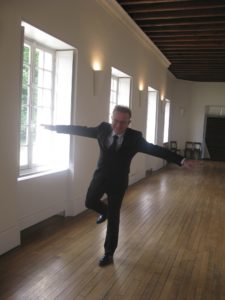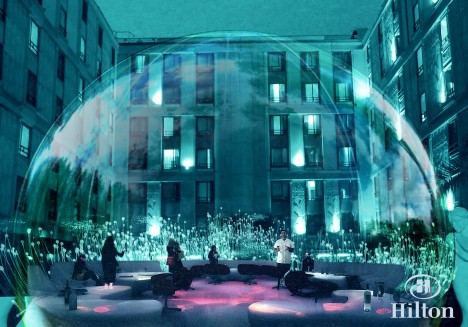Hôtel du Marc, Veuve Clicquot Ponsardin’s private mansion in Reims, France is opened to the public this weekend only: Saturday, June 15 and Sunday, June 16. Usually serving as private lodgings for invited guests of Veuve Clicquot, the 173-year-old neoclassical abode will open its doors for a series of exclusive tours as part of Les Journées Particulières, the LVMH Group’s heritage celebration.
Constructed in 1840 under the supervision of Édouard Werlé, successor to “The Grand Dame of Champagne” Madame Clicquot, Hôtel du Marc has served as a home away from home for guests of the brand—who come from all over the world for invite-only tastings—for almost two centuries.
After a four-year renovation by renowned Architect Bruno Moinard (known for his work with Cartier, and the auction rooms at Christie’s New York) to its original grandeur, Hôtel du Marc reopened in the fall of 2011.
Each room is designed with its own theme and backstory, for instance, the Uzès Room is named after Duchesse d’Uzés, Madame Clicquot’s granddaughter and pays tribute to Veuve Clicquot’s longstanding relationship with Italy, which goes back to 1772, the year of the brand’s founding when the first 60 bottles of Champagne were sent to Venice.
Louis Bohne, a Veuve Clicquot salesman who singlehandedly helped to turn Russia into one of the world’s thirstiest champagne consumers during the French invasion of 1812, also has a room named in his honor. The faux fur headboard is meant to symbolize protection from the harsh Russian winters, which are seen in the block of crystal that forms the bench at the foot of the bed.
There is innovative artwork abound, with commissioned pieces from celebrated artists as Pablo Reinoso, whose spaghetti bench occupies the second floor landing – my favorite!
One of the house’s most enviable features is, of course, its private wine cellar—home to thousands of bottles and several vintages of Veuve Clicquot La Grande Dame, one of the brand’s rarest blends.
Throughout the mansion, there are lots of fun and unexpected twists. In the library, there’s a stuffed ostrich named Nicole — named after Madame Clicquot.


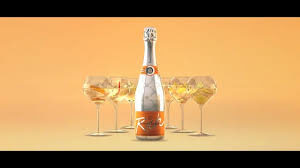 The candidacy has been six years in the making and producers will have to wait until July 2014 to hear the decision.
The candidacy has been six years in the making and producers will have to wait until July 2014 to hear the decision.


